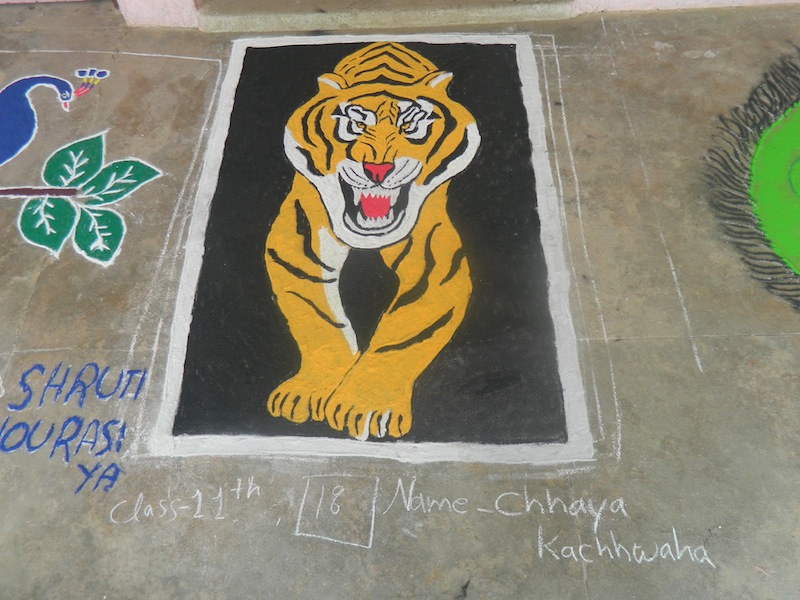The rich biodiversity is due to diverse ecological habitats namely Forest, Grassland, Wetland, Coastal and Marine and Desert ecosystem. Celebrating Wildlife Week all over the country with the view to preserve the fauna. Indian Board of Wildlife was constituted in 1952; the wildlife day celebration started in 1955 and later upgraded to wildlife week celebration in 1957.
The aims is to make people more aware of the conservation and protection of wildlife. This year the 66th Wildlife Week was celebrated with the theme RoaR (Roar and Revive) – Exploring Human-Animal Relationships, that aims at providing a platform to celebrate the special place of wild plants and animals in their many varied and beautiful forms. Furthermore, it offers the opportunity to appreciate the interactions between people and animals around us.
Central Zoo Authority has instituted the Prani Mitra awards to encourage the zoo officers and staff working towards captive animal management. The winners were felicitated in a special online ceremony on Monday chaired by Union Environment Minister Prakash Javdekar in the presence of senior officials of the Ministry. A film documenting the efforts of zoos was also screened. A report titled “Economic valuation of ecosystem services, National Zoological Park” was also released during this occasion. This study, one of the first of its kind in India and perhaps the entire world.
The total annual economic value of the ecosystem services (biodiversity conservation, employment generation, carbon sequestration, education and research, recreational and cultural) is estimated to be 422.76 crore (2019-20) whereas, the total value of the one-time cost of services such as carbon storage and land value provided by the zoo is estimated to be INR 55,209.45 crore. This study clearly highlights the importance of habitats such as zoos to human wellbeing and the need of replication across India.
Central Zoo Authority recognizes around 160 zoo and rescue centers that enforce global standards in animal housing and welfare. Over 567 captive animal species (with 114 species under endangered category) with overall 56481 individual animals are currently housed in Indian zoos. With close to 80 million annual visitors, zoos serve as an ideal location for nature education and awareness.
Considering the need for taking concerted action for conservation of the species and their habitats, the Government of India has initiated focused conservation of flagship species on Project Modes. The Project Tiger, Project Elephant, Project Snow Leopard are glimpses of this initiative. Campaigns to save these flagship species helps in preservation of forests and habitat for other creatures and species also.
Report by Tapas Bhattacharya
